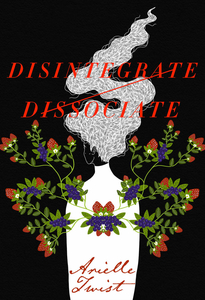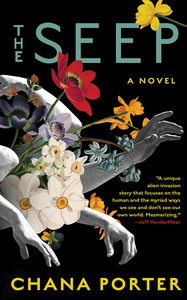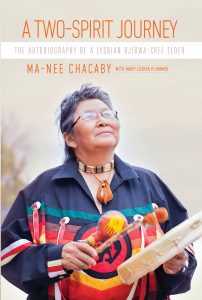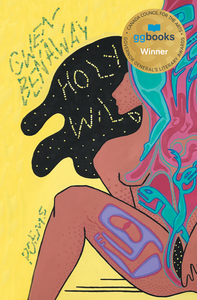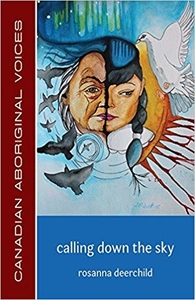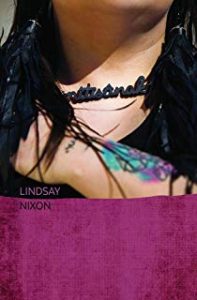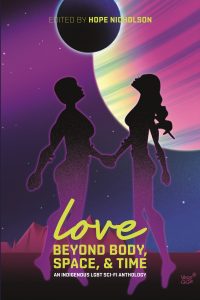I wanted to read something shorter, that I could put down and come back to as my attention comes and goes these days. I was very happy to pick up (or download, whatever) this work of poetry, Disintegrate/Dissociate by Arielle Twist.
This isn’t to say that these poems are of a lighter subject manner. Many of the poems deal with sexual trauma and the ramifications of racism, so readers should be aware of that. But Arielle’s words are so impactful that there doesn’t need to be many of them to be moving. I also don’t mind reading about the hardships of others, especially when I myself am going through a harder time. It was comforting to read these poems, which reflected upon themes of grief, trauma, identity and metamorphosis. I understand that many readers won’t find these appealing during a global pandemic, and ultimately what is happening in the world right now is probably shaping the way that I am reading Arielle’s writing as well.
Particularly, her poems “The Girls,” “In Dying I Become” and “Who Will Save You Now?” really stood out to me as gripping and emotional. Of course, “Who will save you now?” is a question that may have crossed many of our minds since the current pandemic started. That piece really got me to thinking about how our interpretations of events and art can change depending on where and who we are at the time. This collection of poetry has many themes of changing and rebirth, which I found very meaningful. If you can, I encourage you to not only read this work but to also consider purchasing her book, especially during this time.

